When you visit Krakow, the Oskar Schindler Museum offers a unique window into history. Nestled in the original administrative building of Schindler’s former enamel factory, the museum takes you through the tumultuous period of Nazi occupation in Krakow from 1939 to 1945.
The exhibits provide an immersive experience, with full-scale recreations offering insights into the lives and struggles of both Polish and Jewish inhabitants.
Knowing more about Oskar Schindler, the German industrialist who became instrumental in saving the lives of more than a thousand Jews during the Holocaust, is central to understanding the essence of the museum.
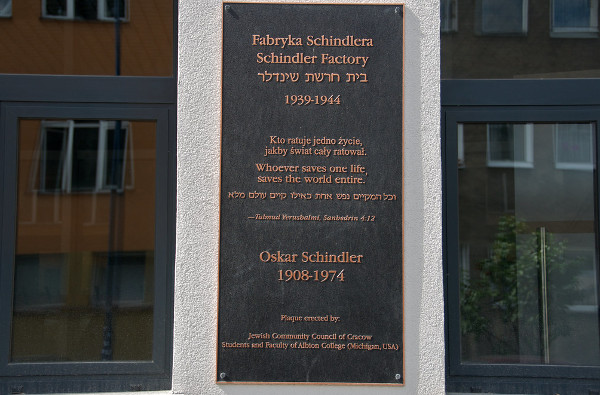
Through your explorations, you’ll encounter a rich tapestry of stories, objects, and films that bring to life Schindler’s remarkable acts of bravery within the broader context of the war.
Your visit to the museum is not just a passive experience; it’s a profound engagement with history. As you walk through the museum, the line between the past and present blurs, providing a palpable sense of the extraordinary decisions taken within these very walls.
The museum’s focus on personal narratives helps you to grasp the profound impact of the era’s events on individuals’ lives, fostering a deep connection with the history of Krakow during World War Two.
Table of Contents:
Oskar Schindler’s Life and Legacy
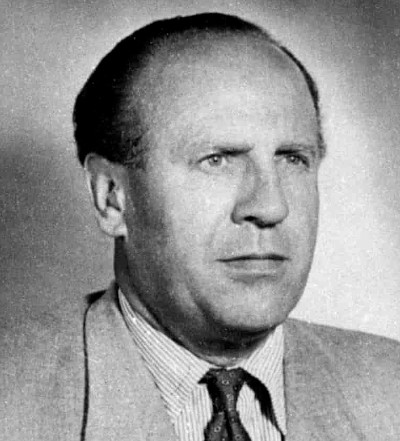
In this section, you’ll explore the remarkable story of Oskar Schindler, a German industrialist who saved more then 1 000 Jews during the Holocaust. His actions during World War II, and the worldwide recognition he received posthumously, underscore his enduring heritage.
Early Years and World War II Involvement
Oskar Schindler was born on 28 April 1908 in Svitavy, Moravia. He joined the Nazi Party (NSDAP) and acquired factories in German-occupied Poland during the war.

These factories would become significant for they eventually sheltered Jews from the grave dangers of the Nazi regime’s extermination policies.
Schindler’s Jews and the List
The term “Schindler’s Jews” refers to the Jewish workers saved by Schindler’s intervention. He compiled a list, known as Schindler’s List, which detailed the names of the individuals to be saved from the concentration camps by employment in his factories.
This act of courage and compassion ultimately safeguarded the lives of these 1,200 Jews.
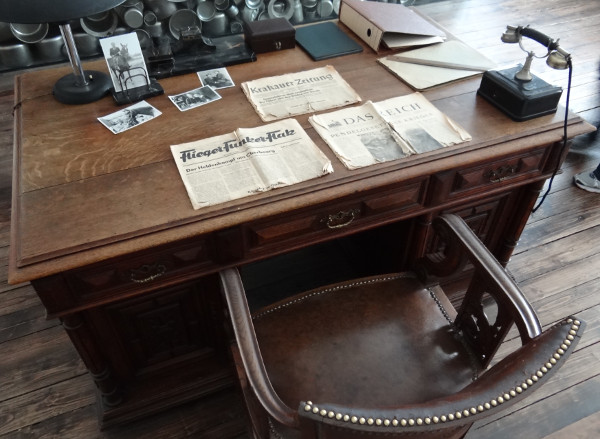
Post-War Years and Lasting Impact
After the war, Schindler faced financial difficulties and relied on assistance from Jewish organisations.
Despite these struggles, the legacy of Schindler’s actions during World War II grew, symbolising hope and righteous conduct amidst a period of extreme moral darkness.
Recognition and Awards
Oskar Schindler’s heroism was recognised both during his lifetime and posthumously. Israel honoured him with the title Righteous Among the Nations.
His story was brought to the forefront by Thomas Keneally’s Booker Prize-winning novel and later by Steven Spielberg’s adaptation, Schindler’s List, which illuminated his contributions to a worldwide audience and enshrined his actions during the Holocaust.
Oskar Schindler’s Enamel Factory
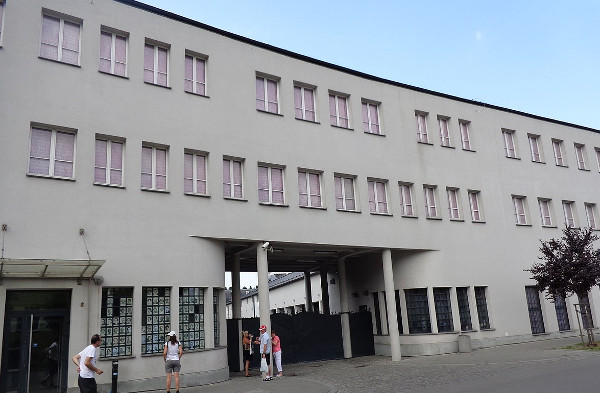
Your visit to the Oskar Schindler’s Enamel Factory, now a museum, provides a comprehensive look into a historic site where humanity prevailed in the direst of times.
Witness the original location where Oskar Schindler saved the lives of many Jewish workers during World War II through a variety of exhibits and educational resources.
Establishment and Operation
In1939, Oskar Schindler, a German industrialist, took over an enamelware factory in Kraków. Known as the Deutsche Emailwarenfabrik, the facility initially produced cookware but was repurposed to supply the German war effort with ammunition shells and mess kits.

The Role During Nazi Occupation
Under Schindler’s management, the factory became a haven for Jews from the Kraków Ghetto and later from the Płaszów concentration camp. Schindler employed Jewish workers, sparing them from the dire fates of many during the Nazi occupation.
Preservation and Museum Transformation
The factory has been preserved and transformed into a museum that stands in tribute to the wartime history. Today, Schindler’s Factory Museum is a poignant educational site located at ul. Lipowa in Kraków.
Guided Tours and Educational Activities
Guided tours offer in-depth insights into the history of the factory and its workers. Tours are available in English and Polish, focusing on the broader narrative of Jewish Kraków under Nazi occupation.
- English tours: Check availability
- Polish tours: Daily offerings
Exhibitions and Collections
The permanent exhibition titled “Kraków under Nazi Occupation 1939-1945” highlights personal stories through objects, photographs, and documents, facilitating a deeper understanding of the history that unfolded here.
Opening Hours and Ticket Information
- Opening Hours: Tuesday – Sunday, 9:00 – 18:00 (Closed first Tuesday of the month)
- Last entrance: 1.5 hours before closing
Ticket Prices:
- Adult: About 32 PLN Read more Schindler Factory Tour Price
- Group ticket options are available
- Free entry every Monday (Permanent exhibition, limited tickets)
Visitor Services and Amenities
Ensure a comfortable visit with the facility’s amenities:
- Café: For refreshments
- Bookshop: Historical literature and souvenirs
- Parking: Available nearby
- Accessibility: Adapted for visitors with disabilities
Affiliations and Partnerships
The museum collaborates with several institutions to enrich its offerings:
- MOCAK: The Museum of Contemporary Art in Kraków showcases modern art in the factory’s former workshops.
- Historical Museum of Kraków: Manages the narrative of Kraków’s complex past through the exhibition.
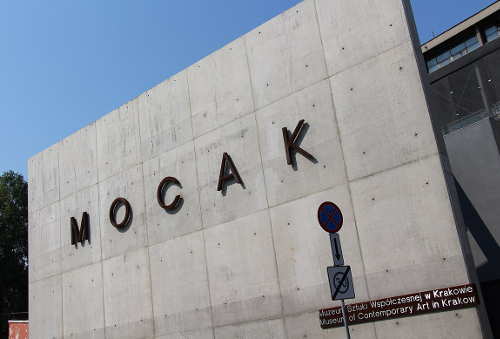
Kraków Under Nazi Rule
When you explore the history of Kraków under Nazi rule, you must recognise the gravity of these events. The German occupation brought significant suffering to the city’s Polish and Jewish inhabitants through ghettos, concentration camps, and the eradication of Jewish culture.
Historical Context of the Occupation
The German army entered Kraków on 6 September 1939, marking the start of a brutal occupation that lasted until 1945. Kraków, a city of immense historical significance to Poland, became the capital of the General Government, a separate administrative region of Nazi-occupied Poland.
This period was characterised by the systematic oppression and exploitation of the local population, especially the Jews.
Kraków Ghetto and Its Significance
The Jews of Kraków were forcibly relocated into a walled zone known as the Kraków Ghetto. Established in March 1941, the ghetto was located in the Podgórze district and was severely overcrowded.
Its formation was a pivotal step in the Nazis’ plan to segregate, dehumanise and ultimately exterminate the Jewish population as part of the Holocaust. Ghetto Heroes Square (Plac Bohaterów Getta) remains today as a poignant reminder of the resistance and suffering that occurred within the ghetto’s bounds.
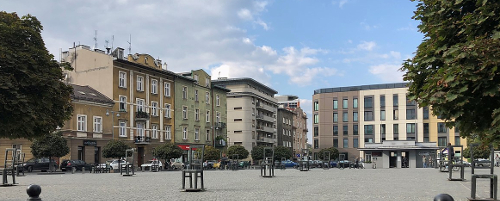
Plaszow Concentration Camp History
Initially a forced labour camp, Plaszow was transformed into a concentration camp in January 1944. Situated just outside Kraków, the camp was overseen by the infamous commandant Amon Goeth.
Under his ruthless command, thousands experienced extreme brutality; many were executed or sent to death camps such as Auschwitz. Plaszow also served as a potent symbol of the terror that gripped Jewish Kraków during the occupation.
Read also:
Resistance and Survival
Despite the overwhelming odds, the spirit of resistance among Kraków’s population persisted. Underground organisations such as the Polish Home Army conducted operations against the occupational forces, while individuals such as Oskar Schindler famously went to great lengths to save Jews from extermination.
Stories of survival amid the backdrop of the ghetto and Plaszow camp offer a testament to the resilience and courage of those who lived through the period of Nazi rule in Kraków.
Impact of ‘Schindler’s List’
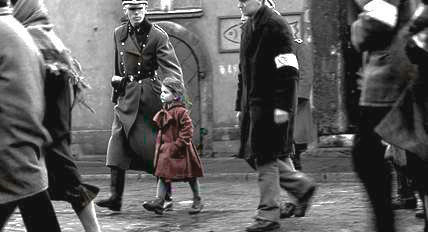
Schindler’s List, the film directed by Steven Spielberg, has had a profound effect on both cultural understanding of history and on tourism related to Oskar Schindler’s legacy.
Film Adaptation by Steven Spielberg
Spielberg’s 1993 film, Schindler’s List, brought the story of Oskar Schindler to a wide audience, creating a cinematic landmark that vividly depicted Schindler’s role in saving the lives of over a thousand Jewish refugees during World War II.

Adapted from Thomas Keneally’s novel, ‘Schindler’s Ark’, the film has been critically acclaimed for its historical accuracy and stark portrayal of the Holocaust.
Cultural and Educational Influence
Schindler’s List has significantly influenced educational activities regarding the Holocaust. It is utilised in history classes and educational programmes globally as an accessible source for learning about this dark chapter in human history.
By bringing to the fore the harrowing stories of the Jewish population during the Holocaust, the film has catalysed discussions on ethics, history, and human rights.
Tourism and Public Interest
Since its release, there has been a notable increase in tourists visiting sites associated with Schindler, such as his factory, now the Schindler’s Enamel Factory Museum in Krakow.
The screening room at the museum and other memorials have become important stops for those interested in the intersections of history and cinema, providing a real-world connection to the events portrayed in the film.
Educational Resources and Visitor Information
To ensure a fulfilling visit to Oskar Schindler’s Enamel Factory Museum, take advantage of the various educational resources and visitor services available. The museum provides comprehensive facilities and programmes to accommodate your needs and enhance your learning experience.
Multi-Language Resources
The museum offers audio guides in several languages, including English, to enrich your understanding of the exhibits. Guided tours in English are available, which expertly detail Oskar Schindler’s life and the history of Kraków under Nazi occupation.
Accessibility and Inclusivity
Accessibility is a priority, with facilities designed to be inclusive for all visitors. If you require special assistance, please contact the Schindler Factory Museum in advance so that they can can ensure your visit is comfortable.
Planning Your Visit
Museum opening hours are typically from 10:00 to 18:00, but it’s recommended to confirm current timings before your trip.
Entry tickets can be purchased online or at the museum with group ticket options available. For more details on ticket prices, visit the museum’s website.
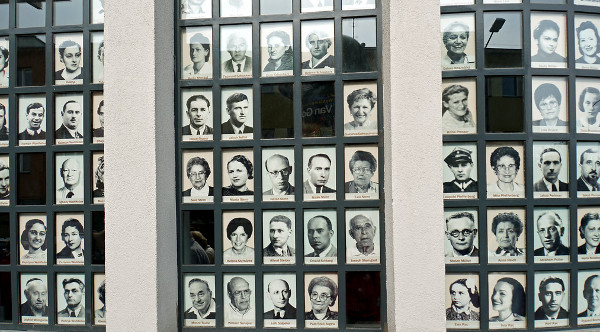
Making the Most of Your Experience
To maximize your visit, consider booking a guided tour, which offers deep insight into the exhibits.
Facilities such as a cafe and rest areas are on-site to provide comfort during your stay. It’s advisable to allocate at least 2 hours for a thorough exploration of the museum.










